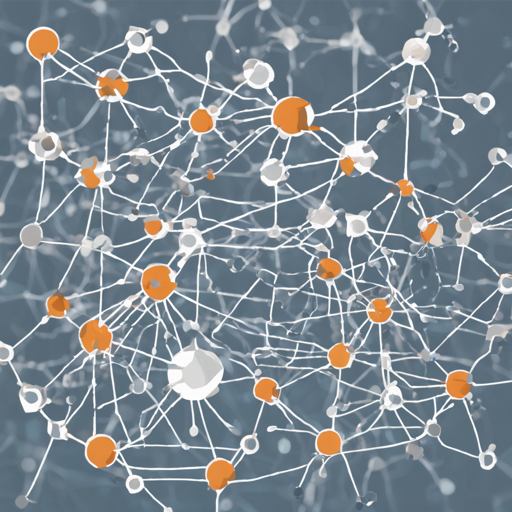Welcome to this comprehensive guide on Tiny AutoEncoder for Stable Diffusion (XL), commonly referred to as TAESDXL. Designed for efficiency and clarity, this autoencoder leverages the same latent API as SDXL-VAE to facilitate real-time previewing of the SDXL generation process. Let’s dive into how to use it effectively!
Overview of TAESDXL
TAESDXL is a remarkably compact autoencoder that enables smooth and efficient image generation. In comparison to other tools, its lightweight nature makes it particularly well-suited for users looking to preview operations in real-time without significant computational overhead. For reference, here’s a snapshot of performance comparison on a laptop:
Before continuing, it’s worth noting that for users working with SD1.x and SD2.x, using TAESD is recommended, as SD and SDXL VAEs are incompatible.
Getting Started with TAESDXL
The following steps outline how to implement TAESDXL in your Python environment using the diffusers library.
Step 1: Installation
- Ensure you have Python and necessary libraries installed.
- Install the diffusers library if you haven’t done so:
pip install diffusersStep 2: Importing Required Libraries
Open your Python script or Jupyter notebook and import the necessary libraries:
import torch
from diffusers import DiffusionPipeline, AutoencoderTinyStep 3: Setting up the Diffusion Pipeline
Next, configure your diffusion pipeline to utilize TAESDXL:
pipe = DiffusionPipeline.from_pretrained(
"stabilityai/stable-diffusion-xl-base-1.0", torch_dtype=torch.float16)
pipe.vae = AutoencoderTiny.from_pretrained("madebyollin/taesdxl", torch_dtype=torch.float16)
pipe = pipe.to("cuda")Step 4: Generating Images
Now, let’s generate an image. Define the prompt and run the pipeline:
prompt = "slice of delicious New York-style berry cheesecake"
image = pipe(prompt, num_inference_steps=25).images[0]
image.save("cheesecake_sdxl.png")That’s it! You have successfully generated an image of a New York cheesecake.
Troubleshooting Common Issues
Like many technologies, you may encounter some hiccups along the way. Here are a few common problems and their solutions:
- Runtime Errors: Ensure that your Python environment has all necessary packages installed. Use
pip installto add missing libraries. - CUDA Errors: Ensure that your GPU is compatible and CUDA drivers are properly installed. Visit the NVIDIA site if you need to update drivers.
- Model Not Found Errors: Double-check the model names and paths you’ve used in your code. Ensure you’ve used the correct syntax when calling the model from the pre-trained options.
For more insights, updates, or to collaborate on AI development projects, stay connected with fxis.ai.
Understanding the Encoding Process – An Analogy
Think of the TAESDXL as a highly efficient chef in a kitchen. Just like a chef can prepare a dish using various ingredients (data) quickly and efficiently, the autoencoder processes input images (raw ingredients) and generates a beautifully plated dish (processed image) in almost real-time. In this kitchen, only the most important flavors (features) are retained, while the unnecessary clutter (noise) is discarded. This streamlined approach allows for a focus on crafting high-quality dishes (images) swiftly and effectively.
At fxis.ai, we believe that such advancements are crucial for the future of AI, as they enable more comprehensive and effective solutions. Our team is continually exploring new methodologies to push the envelope in artificial intelligence, ensuring that our clients benefit from the latest technological innovations.
Conclusion
TAESDXL serves as an exciting tool in the realm of AI image generation. By following the steps outlined in this guide, you can harness the power of this tiny autoencoder in your own projects, enhancing your image generation workflows dramatically.

